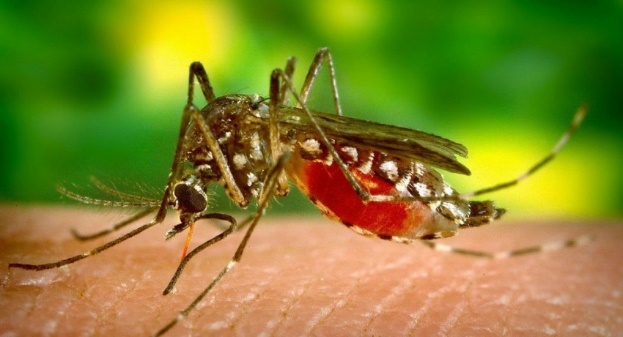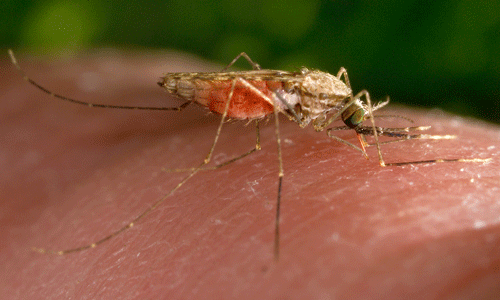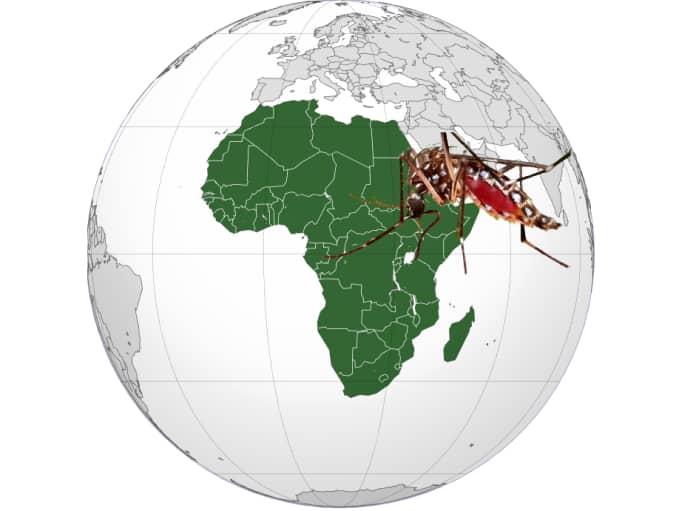
Ekeomah Atuonwu
Researchers said on Tuesday that new data suggests an invasive type of malaria-carrying mosquito from Asia is expanding in Africa, where it may pose a “unique” threat to tens of millions of urban inhabitants.
Over 95% of the 627,000 malaria-related deaths expected worldwide will occur in Africa. The parasite is primarily distributed in rural regions where the prevailing Anopheles gambiae group of mosquitoes thrive.
But since it can spawn in urban water sources, the Anopheles stephensi mosquito, which has long been a major vector of malaria in Iranian and Indian towns, can survive the dry season. Additionally, it is too resistant to widely used insecticides.
Anopheles stephensi would put more than 126 million people in 44 cities at risk of malaria , according to a modeling study.
In 2012, Djibouti became the first country in Africa to find Anopheles stephensi. With only 27 cases documented that year, malaria had almost been completely eradicated.

Anopheles stephensi would put more than 126 million people in 44 cities at risk of malaria in 2020, according to modeling study /Courtesy/
However, following the introduction of Anopheles stephensi, the number has dramatically increased, reaching 73,000 cases in 2020, according to the World Health Organization.
On Tuesday, researchers presented the first proof that Anopheles stephensi was to blame for a malaria outbreak that occurred earlier this year in neighboring Ethiopia.
2019 saw 205 malaria cases reported in the city of Dire Dawa in eastern Ethiopia, a transportation hub between the capital Addis Ababa and Djibouti.
However this year more than 2,400 cases were reported between January and May. The outbreak was unprecedented because it took place during the country’s dry season, when malaria has usually been rare.
As the numbers were rising, Fitsum Girma Tadesse, a molecular biologist at Ethiopia’s Armauer Hansen Research Institute, and other researchers “jumped in to investigate,” he told journalists.
They quickly determined that “Anopheles stephensi mosquitoes are responsible for the increase in cases,” Tadesse said.
They linked Anopheles stephensi to the infections of the patients, and also found the mosquitoes — carrying malaria — in nearby water containers.
Tadesse warned that the mosquito’s preference for open water tanks, common across many African cities, “makes it unique”.
The research, which has not been peer reviewed, was presented at the Annual Meeting of the American Society of Tropical Medicine and Hygiene being held this week in Seattle, US.
Also presented at the conference were early findings that identified Anopheles stephensi at 64 percent of 60 test sites in nine states of neighbouring Sudan.

“In some instances, we have found that up to 94 percent of households have stephensi” mosquitoes nearby, Hmooda Kafy, the head of the integrated vector management department at Sudan’s health ministry, said in a statement.
The findings come after the Nigerian Institute of Medical Research confirmed in July it had detected Anopheles stephensiin West Africa for the first time.
Sarah Zohdy, an Anopheles stephensi specialist at the US Centers for Disease Control and Prevention, said it was “surprising” that the mosquito was detected so far west, as the focus had been on the Horn of Africa.
Anopheles stephensi has also been reportedly detected in Somalia, according to the WHO, which in September launched an initiative aimed at stopping the spread of the mosquito in Africa.
Deaths from malaria had more than halved from the start of the century to 2017 — largely due to insecticide-treated mosquito nets, testing and drugs — before progress stalled during the COVID-19 pandemic.




